Although there are a handful of establishments that have withstood the test of time over the years, for the most part, stores come and go. No matter how popular they may have been at one time, it’s not unusual for a booming business to close its doors for good and become only a fond memory. Do you remember any of these?
Kaufmann’s
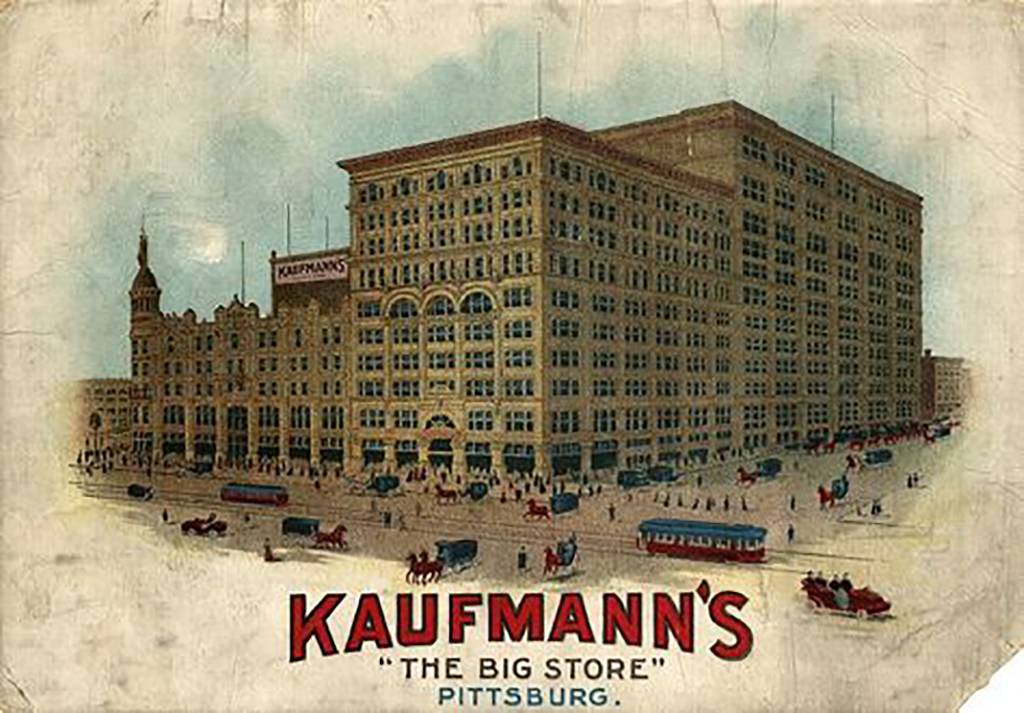
Founded in 1871 by the Kaufmann brothers Morris, Jacob, and Isaac, Kaufmann’s was a department store with its beginnings in Pittsburgh, Pennsylvania. Initially, it was a men’s store that provided tailoring and ready-to-wear clothing.
At its most successful, Kaufmann’s had around 59 stores in 5 different states. It traded hands a few times before finally being bought by Macy’s, which rebranded it in 2006. Although the original building has since been purchased, the new owners named it “Kaufmann’s Grand on Fifth” in honor of the building’s history.
F.W. Woolworth Company
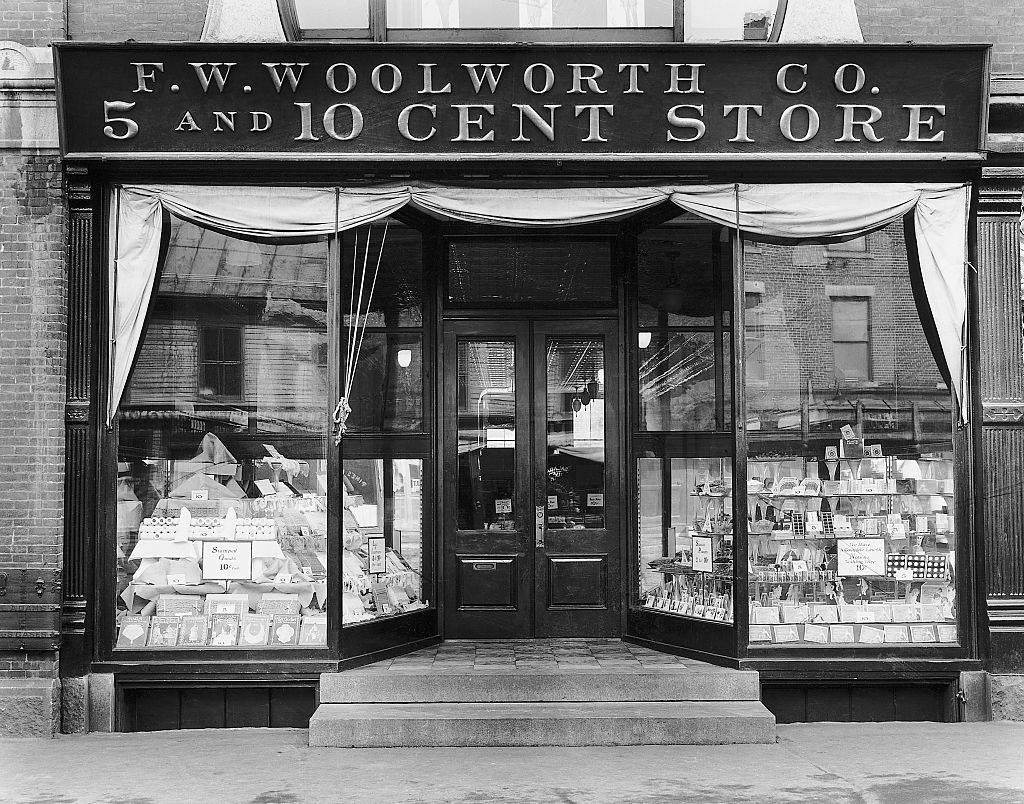
Considered to be one of the first “five-and-dime stores,” F.W. Woolworth Company was a retail company that paved the way for the modern retail stores of today. The first store was opened by Frank Winfield Woolworth on February 22, 1879, in Utica, New York, although it ultimately failed until it moved to Lancaster, Pennsylvania.
In 1905, Woolworth invited his two competing retail chains to merge with him, and by 1929 there were more than 2,250 stores across the country. After acquiring several other chains over the years, the company finally closed its doors in 1997.
A&P
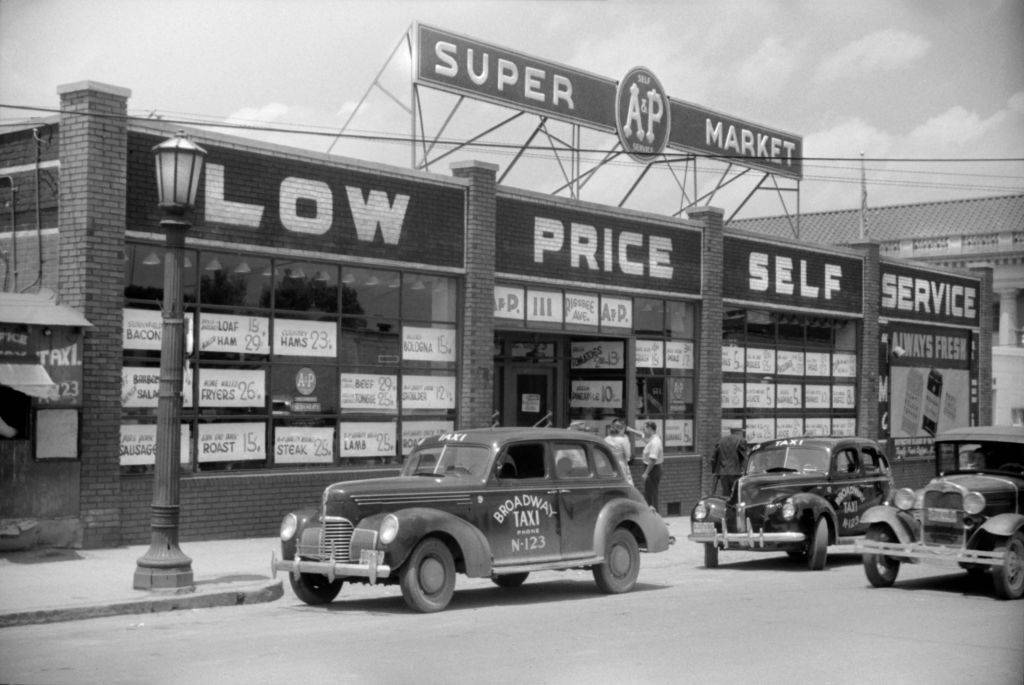
The Great Atlantic & Pacific Tea Company, otherwise known as A&P, was a grocery store chain in the United States in business from 1859 to 2015. At one point, A&P was so popular that The Wall Street Journal called it “as well known as McDonald’s or Google today.”
Between 1915 and 1975, A&P was the largest grocery store chain in the United States. However, they eventually became outdated and found it impossible to compete with larger and more modernized grocery stores, driving them out of business.
Hills Department Store
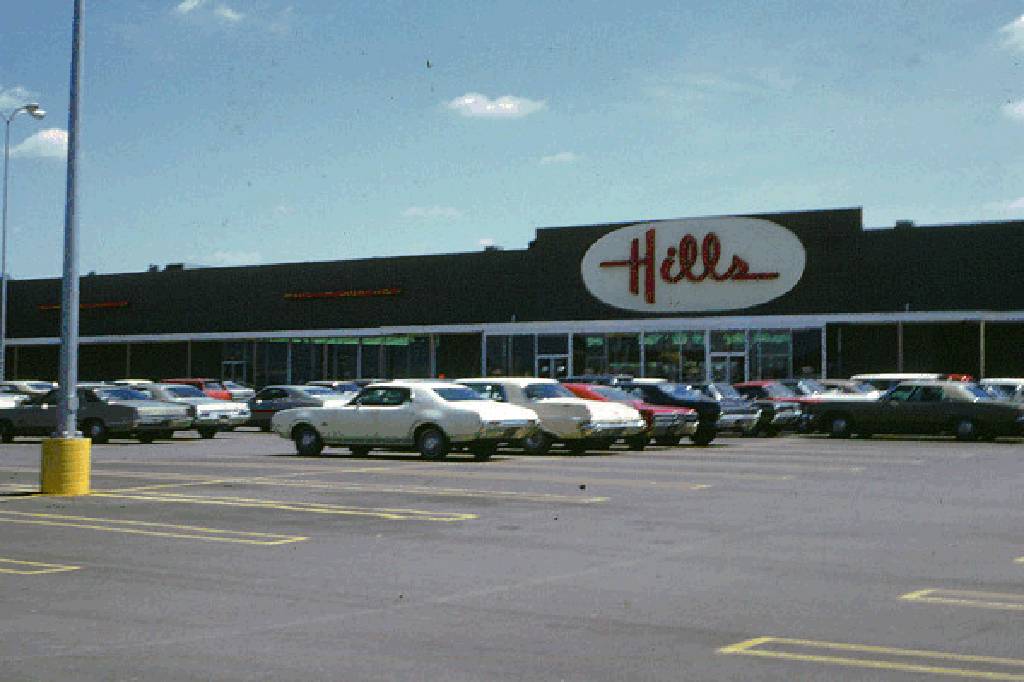
Founded in Youngstown, Ohio, in 1957, Hills was a discount department store that was largely located in Ohio, Indiana, New York, Pennsylvania, and West Virginia. Over the years, the company expanded and even saw some other stores opening in Virginia, Kentucky, Tennessee, Alabama, and Michigan.
When Hills went public in 1987, it was the eighth-largest retail department store in the United States, although it filed for Chapter 11 Bankruptcy in 1991 and was acquired by Ames in 1998.
Mervyn’s
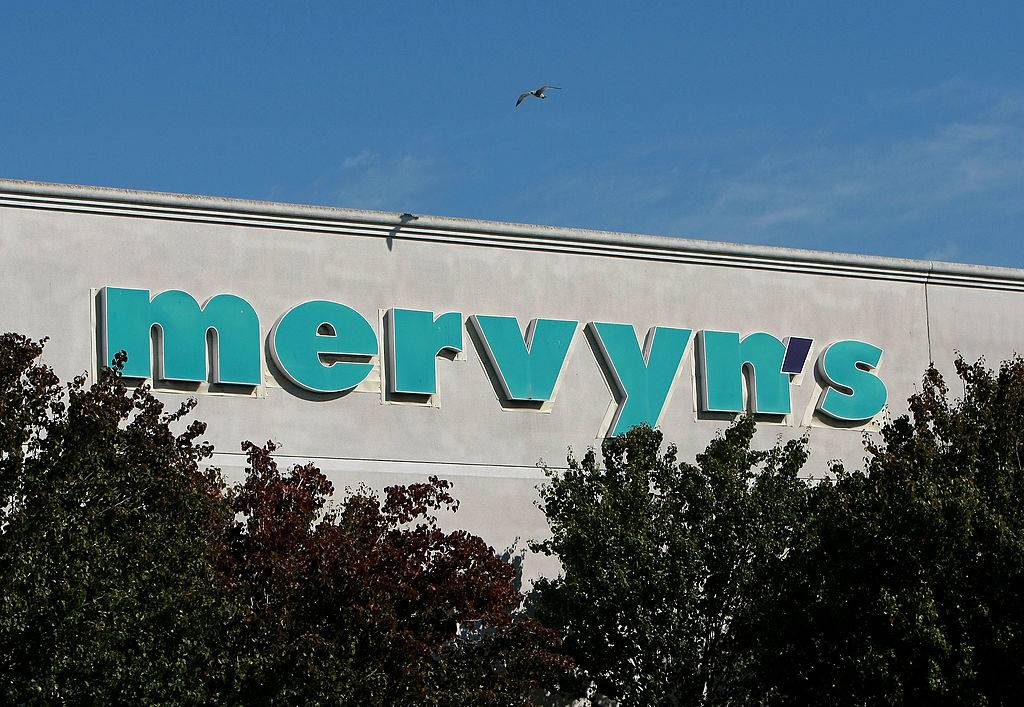
Mervyn’s was a middle-scale department store founded by Mervin G. Morris on July 29, 1949, in San Lorenzo, California. Known for carrying a selection of clothing brands and household appliances and furniture, by 2005, Mervyn’s was the 83rd largest retailer in the United States. Impressively, in 2006, it had 189 stores in 10 states.
Unfortunately, in 2008, stores began to close, and on October 17, 2008, the company announced that it was liquidating its assets and all remaining locations closed that year.
Zayre
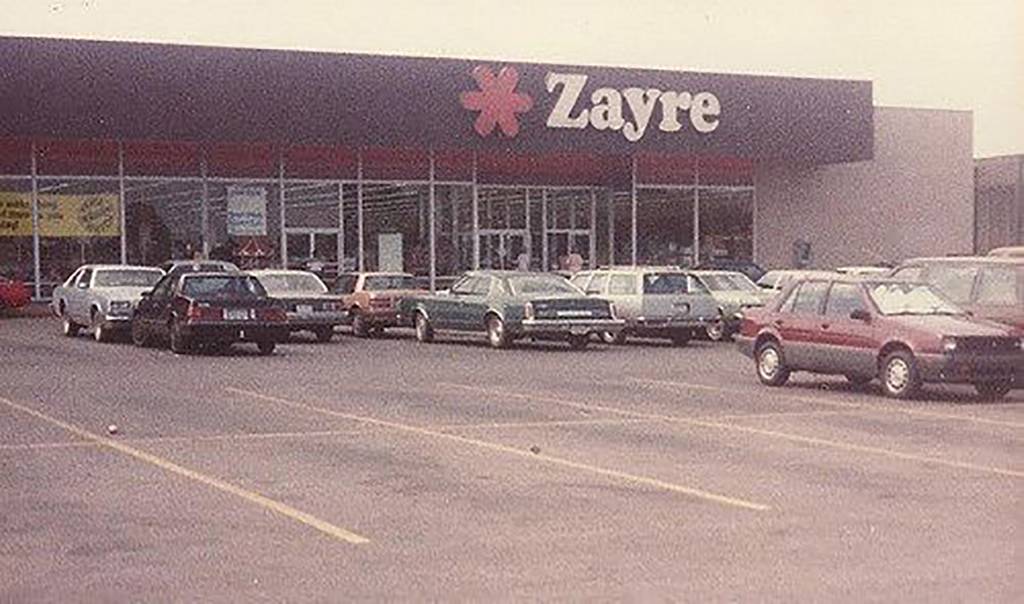
Back in 1919, brothers Max and Morris Feldberg came together to open up an undergarment department store in Boston. Although their initial store was successful, within a decade, they discovered that the most money was in women's undergarments, and they changed the direction of their store.
By the end of the Second World War, their business was growing across the country and continued to do so in the 1950s and 60s. In the 1970s, they attempted to buy Marshalls but failed, so they created TJ Maxx, and Zayre was sold to Ames.
Thom McAn
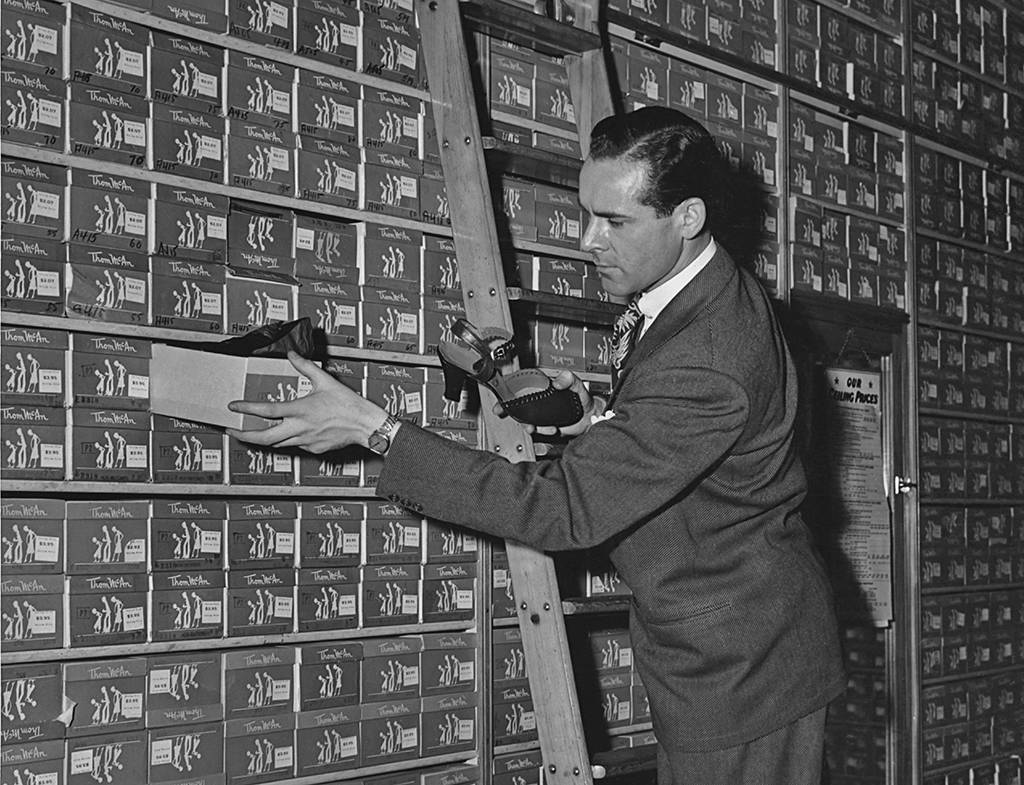
Founded in New York in 1922, Thom McAn was initially a family shoe store. However, Melville Corporation later acquired it in 1952, which resulted in it becoming one of the largest shoe retailers in the whole United States.
With the help of Melville Corporation, at its height, Thom McAn had more than 1,400 stores. By the 1980s, Melville Corporation began to scale back on their footwear factories resulting in Thom McAn finally closing in 1996.
Barney’s
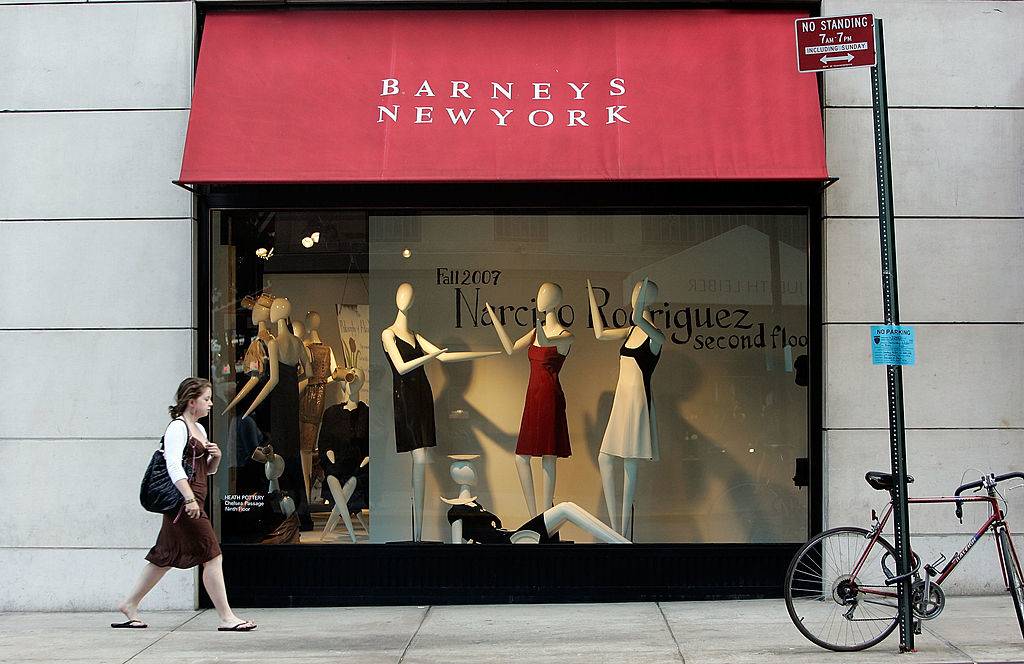
Barney’s New York Inc. was a luxury department store that was founded in the city in 1923. It was known for carrying and popularizing several brands including, Armani, Azzedine, Gregory Herman, and more in the United States market.
Although it was known for being high-end, in 2019, Barney’s filed for Chapter 11 bankruptcy, closing 15 of its 22 stores, including major locations in Las Vegas, Seattle, and Chicago. It was then sold to Authentic Brands Group in November 2019 and was rebranded as Saks Fifth Avenue.
Gimbel Brothers
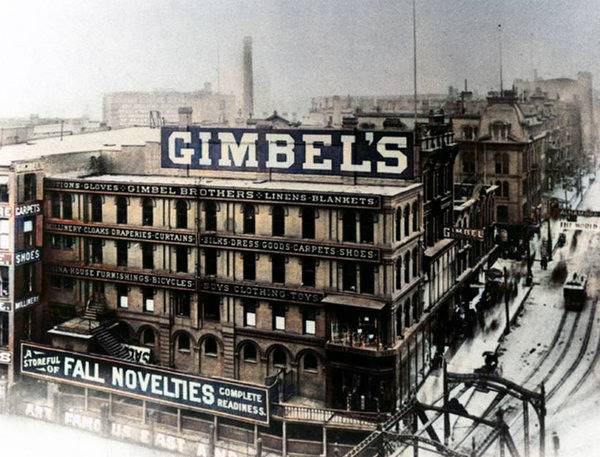
Gimbel Brothers, also known as Gimbels, was a department store that was first opened by Adam Gimbel in Vincennes, Indiana, in 1842. After moving to Milwaukee, Wisconsin, more than 40 years later, it became a chain, moved its headquarters, and opened its biggest location in Philadelphia, Pennsylvania.
Gimbels is credited with hosting the oldest Thanksgiving Day Parade in 1920, and by 1930 had 20 stores and was considered the largest department store chain in the world. Eventually, it was closed in 1987 after it was bought by the same company that owned Kohls.
Fotomat
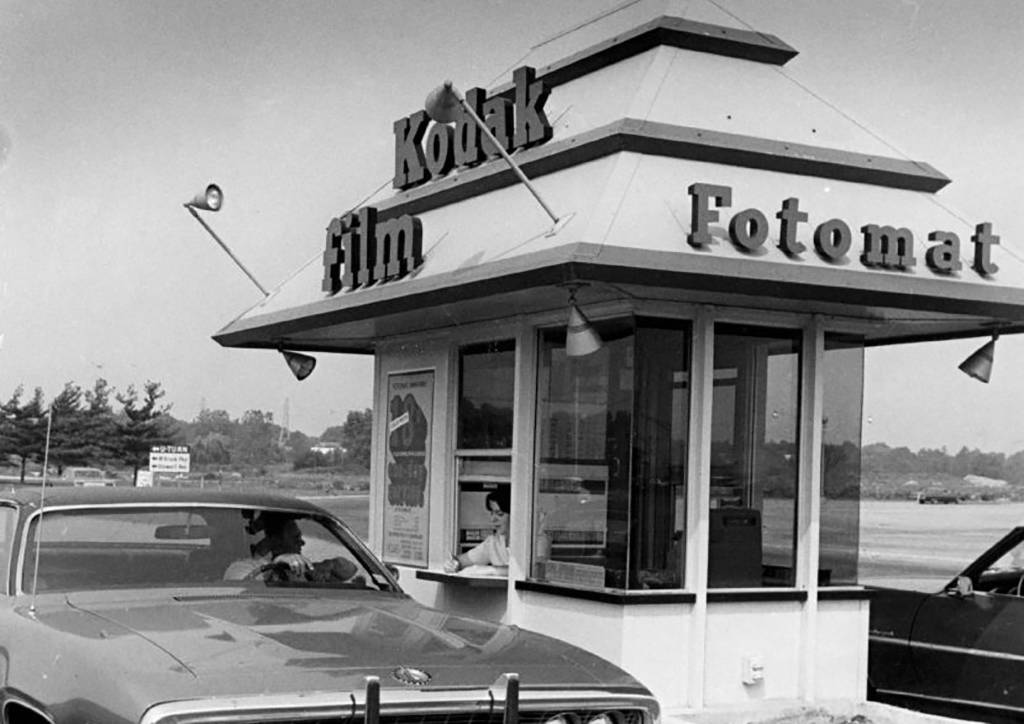
Before the digital age, there was a time when people had to go to a physical store to have their pictures developed. Fotomat was just that place for many people, which was founded by Preston Fleet in 1968 in California.
Consisting mostly of just kiosks, the company grew quickly, with thousands of these photo-developing kiosks popping up in thousands of parking lots across the United States that provided drive-thru service. However, the company was made obsolete by one-hour photo developing in the late 1990s.
Montgomery Ward & Company
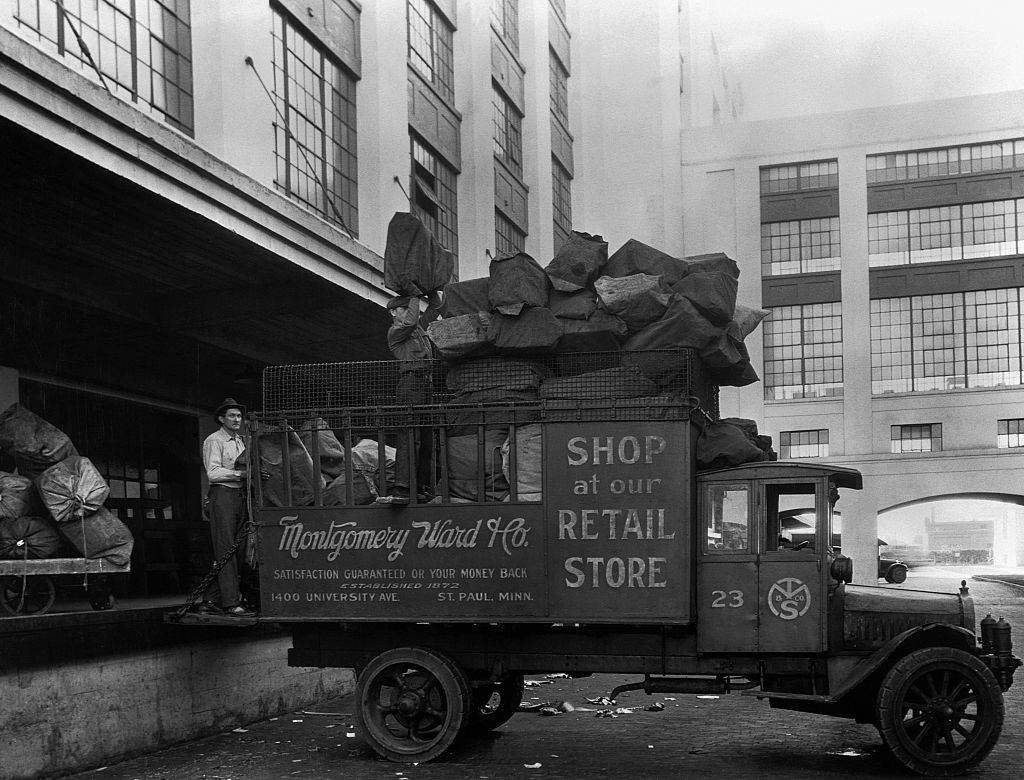
Aaron Montgomery established Montgomery Ward & Company in 1872, which started out as a mail-order business for farmers that lived in rural areas.
By 1926, the company had opened brick-and-mortar stores which grew in numbers over 500 in just five years! However, in 1985, the company closed its catalog part of the business, and competition from other discount retailers led it to declare bankruptcy in 1997. Although it officially closed in 1991, it became an online company in 2004.
S.S. Kresge Company
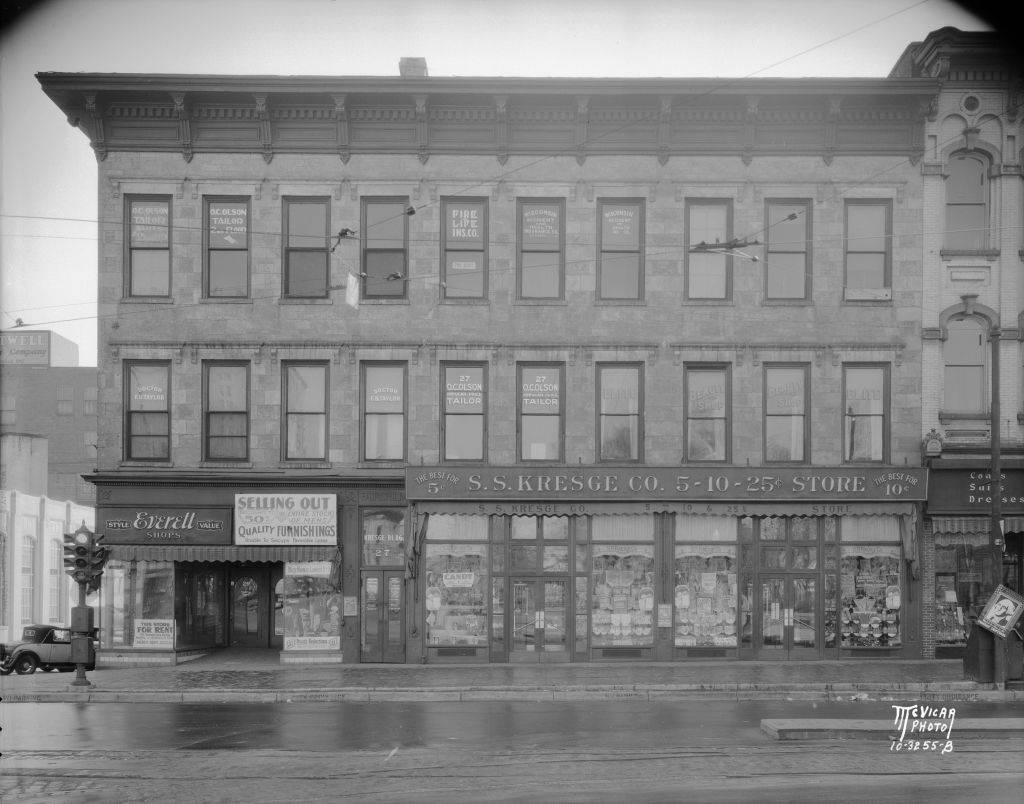
Back in 1897, Sebastian Spering Kresge aking with a partner, came together to open the five-and-dime store Kresge’s in Detroit. Not long after the store’s inception, Sebastian Spering Kresge became the sole owner and had more than 745 stores in the Midwest and East by 1935.
Then, in 1965, the company decided to look into the discount market and established the first Kmart in a suburb of Detroit. In 1977, the company officially changed its name to Kmart, and any Kresge stores were sold by 1987.
Bonwit Teller & Co.
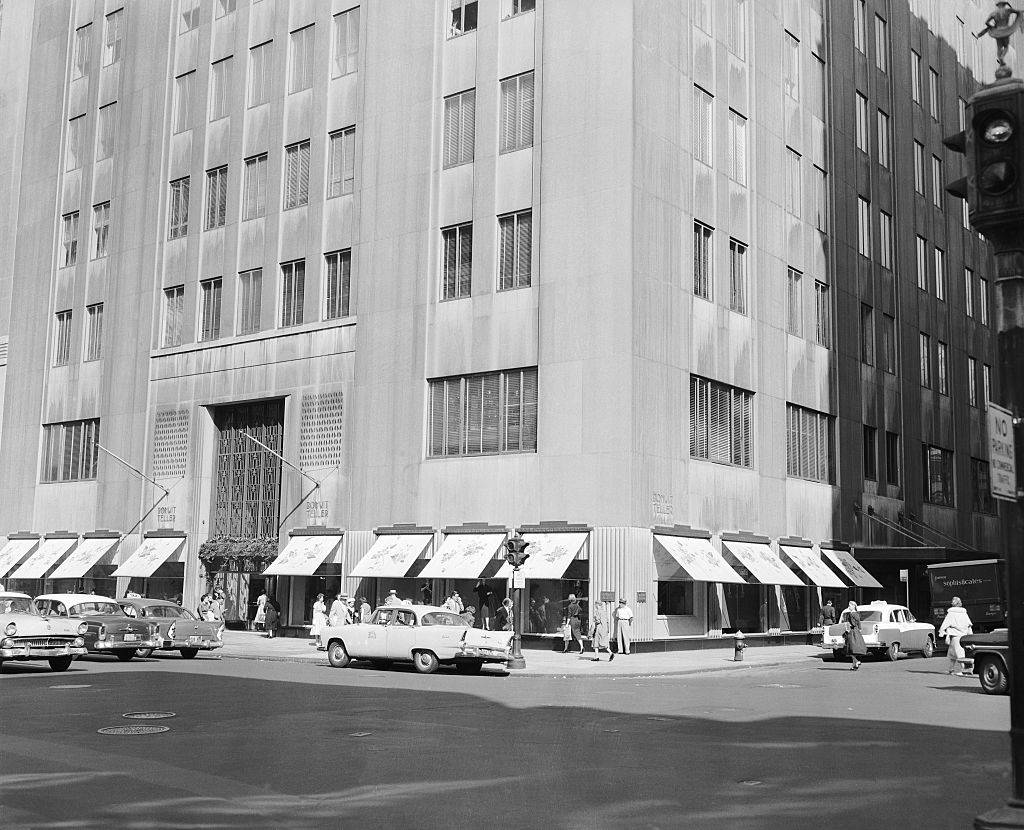
Founded by Paul Bonwit at Sixth Avenue and 18th Street in New York City in 1895, Bonwit Teller & Co. began as a luxury department store before eventually becoming a chain.
Two years after opening its doors, Bonwit partnered with Edmund D. Teller, and the company began specializing in high-end women's apparel. They then began expanding to cities such as Miami Beach and Boston. Although the company traded hands throughout the 80s, it eventually filed for bankruptcy in 1989.
Sprouse-Reitz
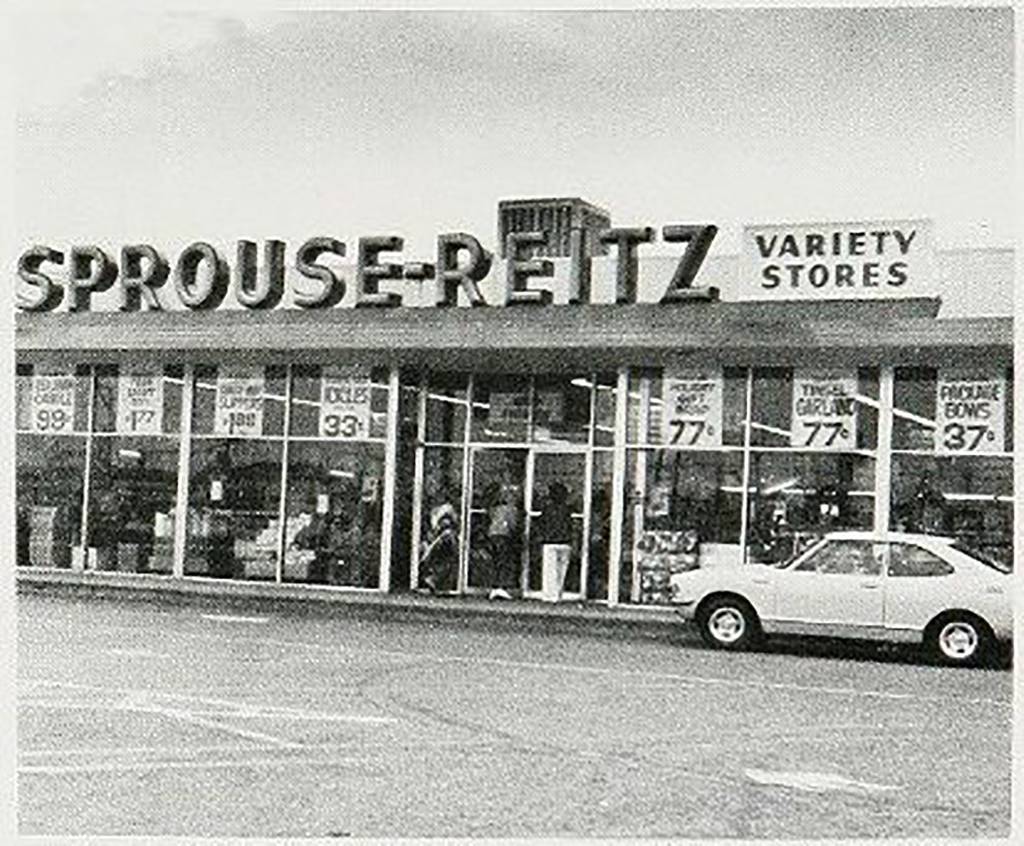
Sprouse-Reitz was a chain of five-and-dime stores founded by Robert Allen Sprouse and Fred Reitz in 1909 before the headquarters moved to Portland, Oregon, in 1919. At its height, Sprouse-Reitz had nearly 400 stores in 11 of the western states.
After struggling in the 1980s, the company tried to rebrand itself as Sprouse! but soon began to sell stores to stay afloat. By 1993, the company liquidated and closed the remaining almost 84 stores after failing to find a buyer, with the last being closed in 1994.
National Record Mart
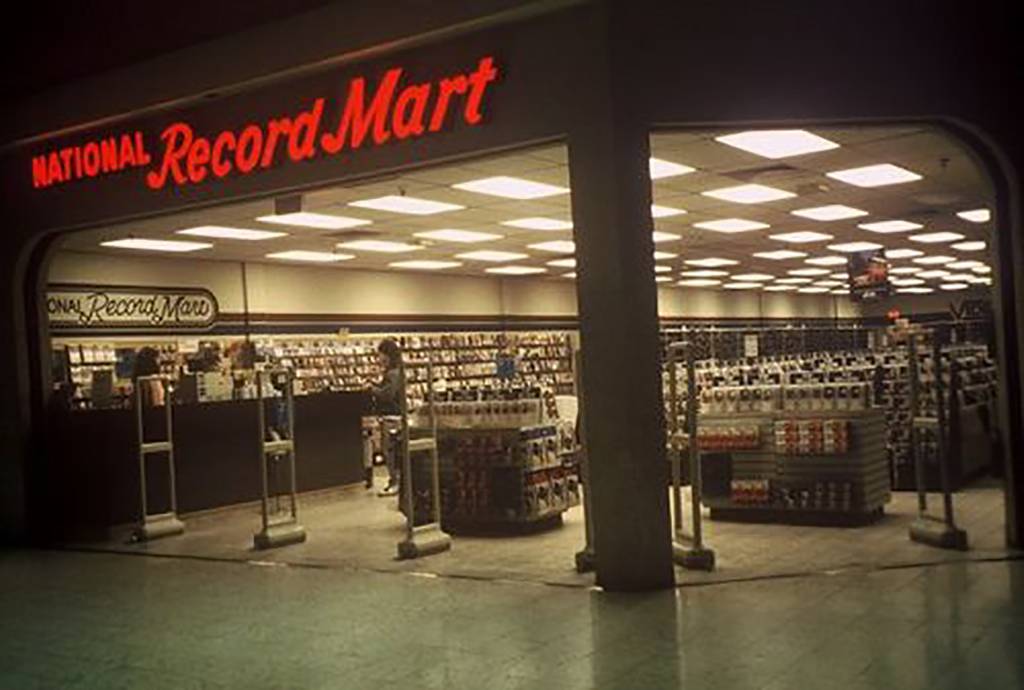
The National Record Mart was founded by Hyman Shapiro and his sons in 1937. When it first opened, they specialized in selling used 78 RPM records that had been taken from old jukeboxes.
However, it proved to be successful and became the first music store chain in the United States. With the influence they had in the music world, in 1964, they even helped to get the Beatles to perform a show in Pittsburgh. By 1998, the company had more than 160 stores around the country, although all stores were closed by 2002.
Jacobson's
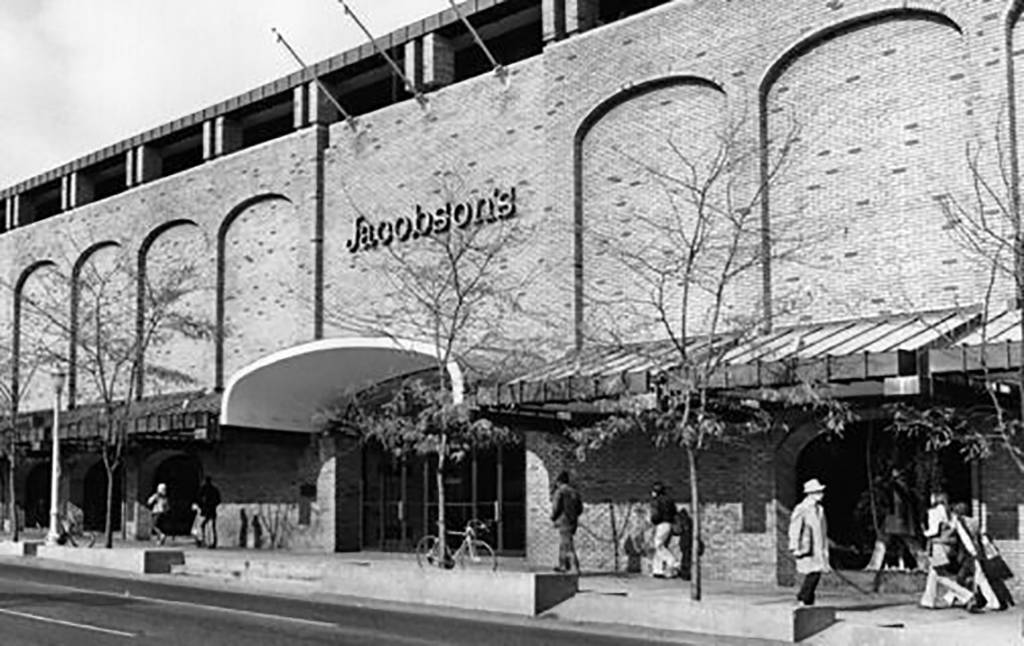
Jacobson's first department store was opened in Reed City, Michigan, in 1838 by Abram Jacobson. Selling mostly clothing, jewelry, and home furnishings, the majority of the chain locations were in Michigan and Florida, although it also had stores in Ohio, Indiana, Kentucky, and Kansas.
Although the maximum amount of stores it ever had was 25, it managed to last for over 150 years, which is nothing short of impressive. Filing for bankruptcy in 2002, all of the stores were closed by 2011.
Robert Hall Clothes
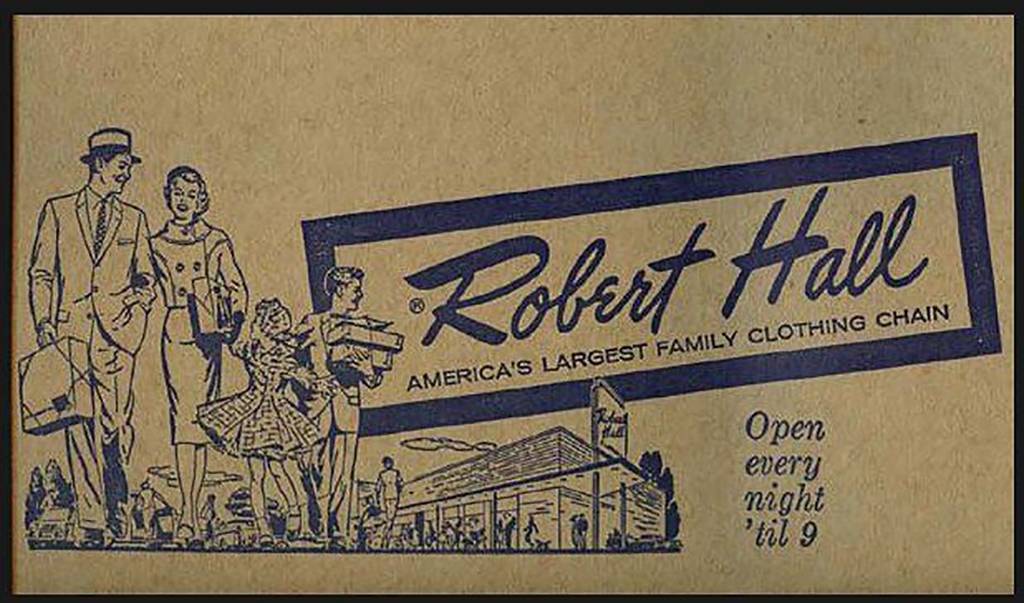
Robert Hall Clothes, or simply Robert Hall, was an American retailer based in Connecticut that eventually grew to have 350 warehouse outlets in 36 states. What separated Robert Hall from many other retailers was that they did not only sell “ready to wear” clothes, with customers being offered affordable tailoring.
Although the business thrived for decades, in 1977, the company applied for bankruptcy, and all 367 Robert Hall stores were closed down and the items auctioned off.
Bon-Ton
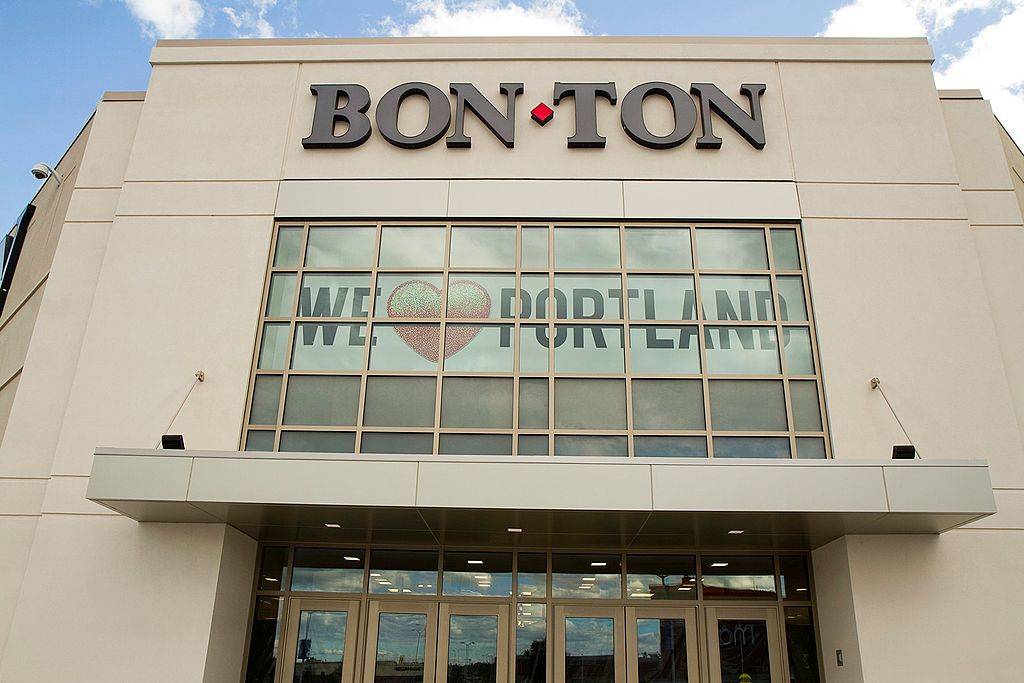
When first opened in York, Pennsylvania, in 1898, Bon-Ton was known as Grumbacher and Son, and only sold hats and dry goods. However, during World War I, the company took off and began to expand outside of its home state of Pennsylvania.
Throughout the decades, the company continued to expand, finding particular success during the 1990s. Unfortunately, after struggling financially and with multiple CEOs being unable to save the company, it filed for bankruptcy in 2018.
KB Toys
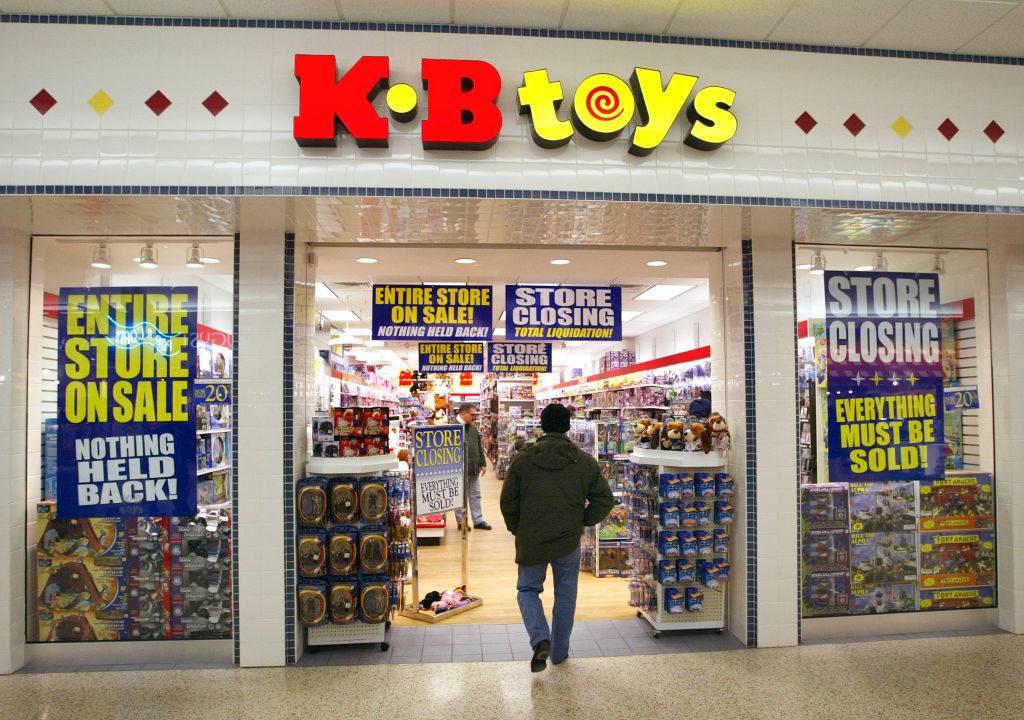
Originally a wholesale candy store owned by the Kaufman Brothers, they transformed the candy store into a wholesale toy store in 1946. By 1999, KB Toys had more than 1,300 stores across the United States, making it the second-largest toy retailer in the country.
However, it ended up declaring bankruptcy in 2004 and again in 2008 before finally officially going out of business in 2009. Although the chain was attempted to be revived under a different name in 2019, the funding ended up falling through.
Sharper Image
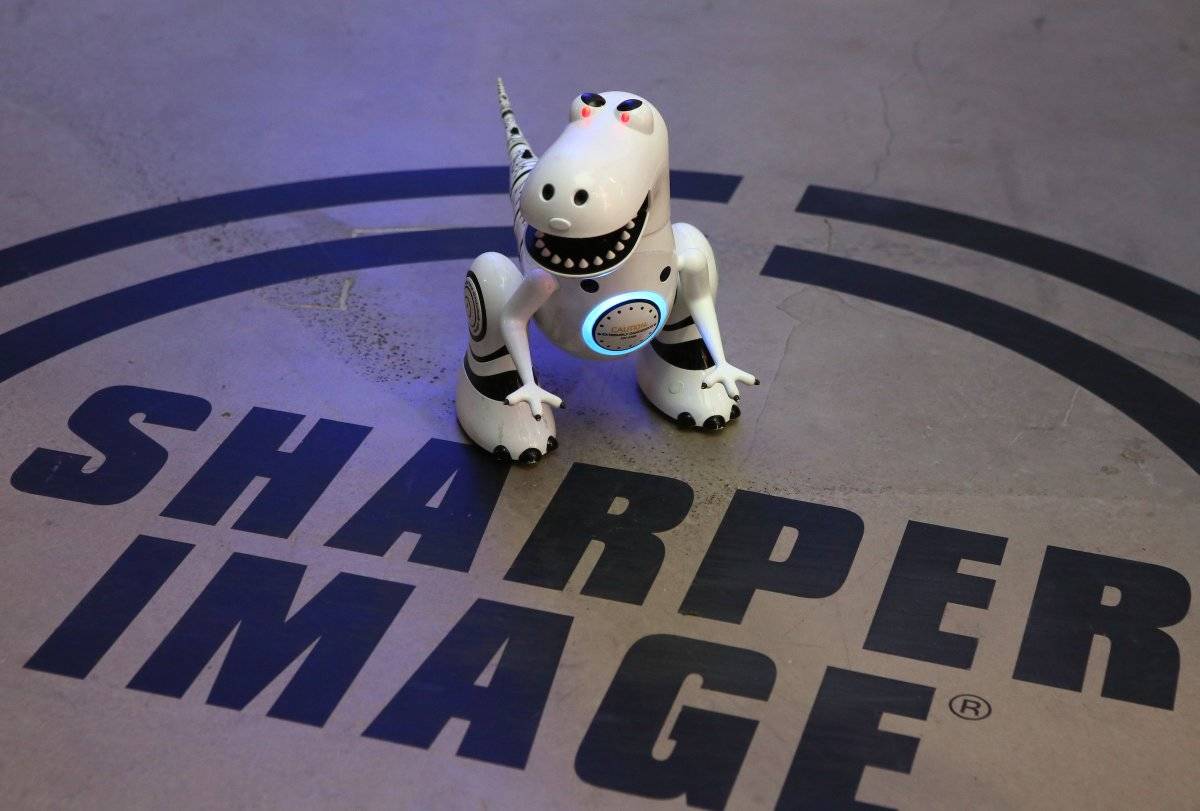
Opening its doors in San Francisco, California, in 1977, Sharper Image was founded by Richard Thalheimer and offered electronics, gifts, and other unique products. Their merchandise was available through various means, including their website, brick-and-mortar stores, catalogs, and third-party retailers.
Yet, over the years, Sharper Image was no longer the face of the high-tech industry, and in 2008, the company filed for bankruptcy and closed all of its stores. In 2009, the name was purchased, and a new website was launched.
Toys “R” Us
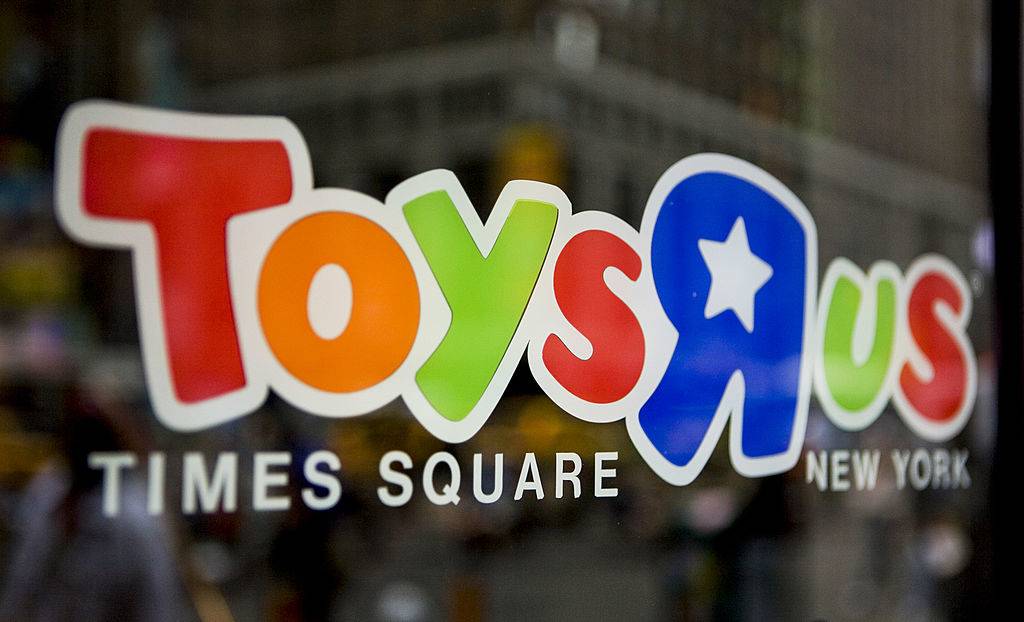
Originally a children’s furniture store, Charles Lazarus founded the company in 1948, which officially became Toys “R” Us in 1957. Toys “R” Us proved to be incredibly profitable for more than 65 years, with more than 800 stores in the United States and another 800 outside of the country.
However, with the rise of online retailers, Toys “R” Us business began to slow drastically, and in 2017, the company filed for Chapter 11 bankruptcy. In 2019, the company came back with two stores as True Kids, although both were closed in 2021.
Sports Authority
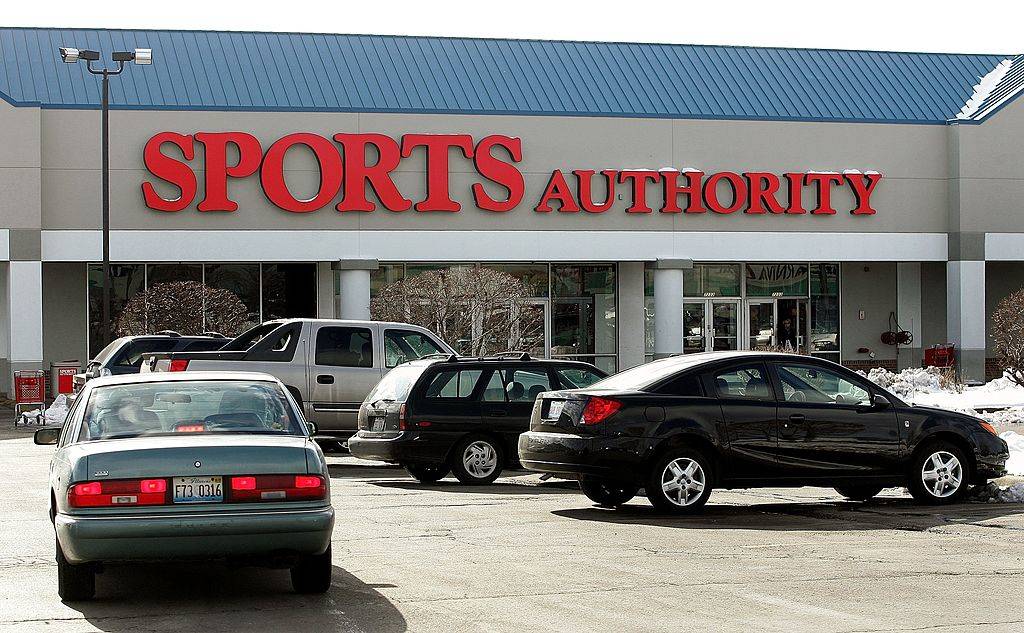
Sports Authority got its start as Gart Brothers with $50 made off of fishing rod samples. At the companies most successful, Sports Authority had more than 460 locations in 45 states, including Puerto Rico. Yet, in 2016, the company filed for Chapter 11 bankruptcy and later chapter 7.
CEO Michael Foss also announced that all of the stores would be closed by the end of August 2016. That same year, the company’s rival, Dick’s Sporting Goods, won the auction for Sports Authority’s brand name and intellectual property
Wet Seal
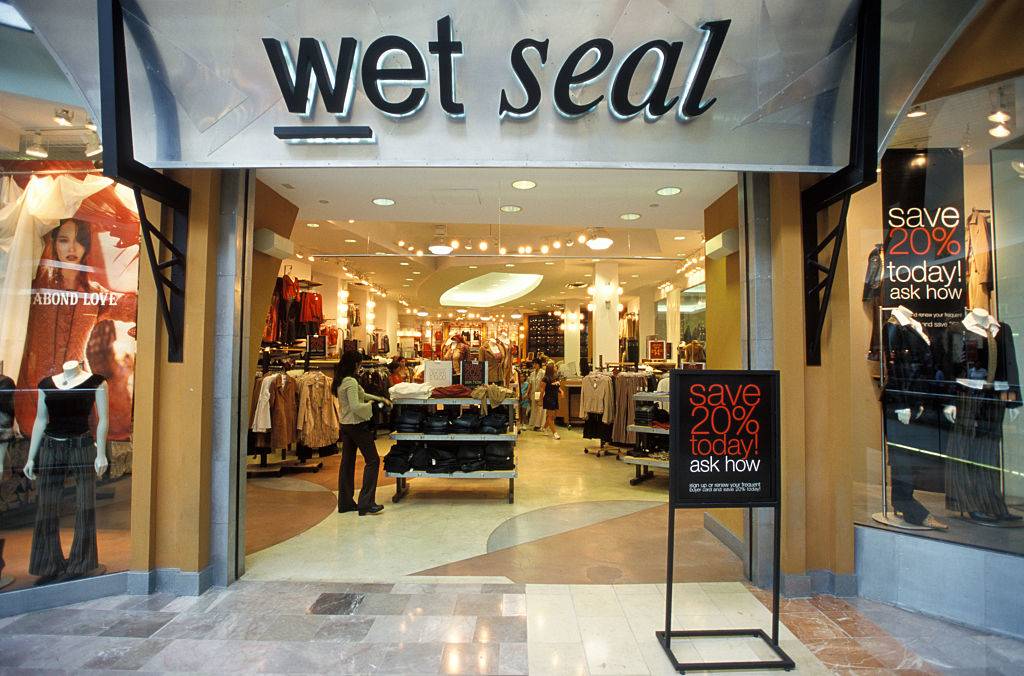
Founded in Newport Beach, California, by Lorne Huycke in 1962, as “Lorne’s,” Wet Seal grew to become a fast fashion clothing retailer with its headquarters located in Los Angeles. Geared toward young women ranging from their teens and into their 30s, the company was quite popular, and by 2014, had 478 stores in 48 states and Puerto Rico.
Unfortunately, Wet Seal went bankrupt in 2015 and closed all of its physical stores in 2017, becoming an online-only retailer that same year.
B. Dalton Bookseller
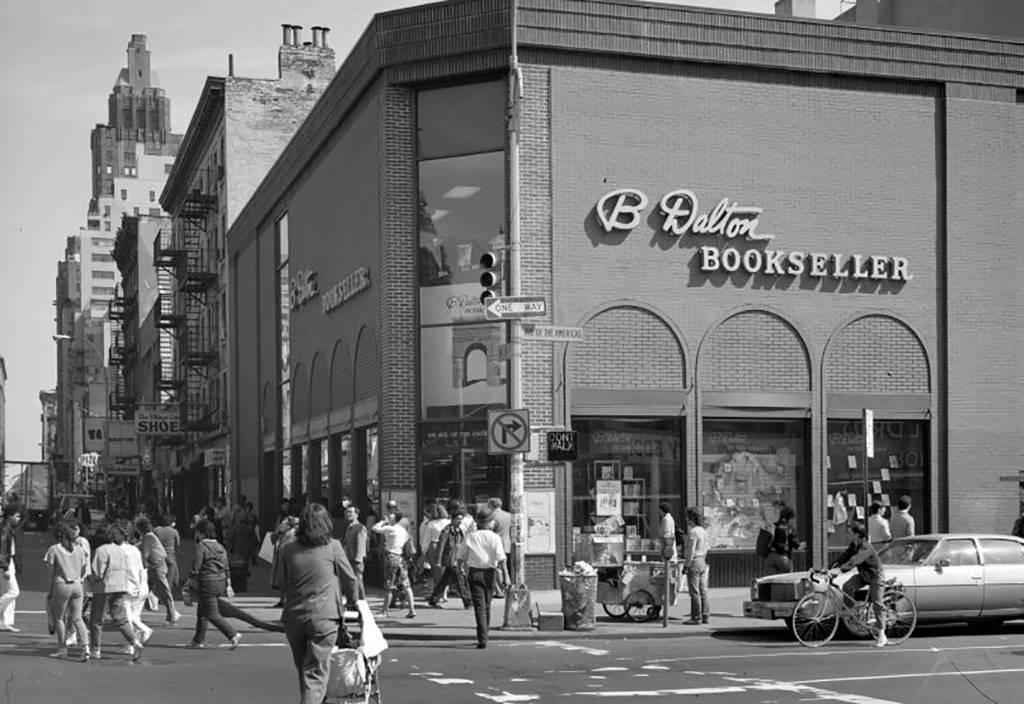
B. Dalton Bookseller, otherwise known as B. Dalton’s, was a retail bookstore chain founded by Bruce Dayton in 1966. Not long after its inception, B. Dalton’s established itself as the largest retailer of hardcover books in the United States, eventually having nearly 800 stores across the country.
B. Dalton’s would eventually find itself in competition with other major book retailers such as Barnes & Noble, which would acquire B. Dalton’s in 1987 and kept it until the final stores were liquidated in 2010.
Levitz Furniture
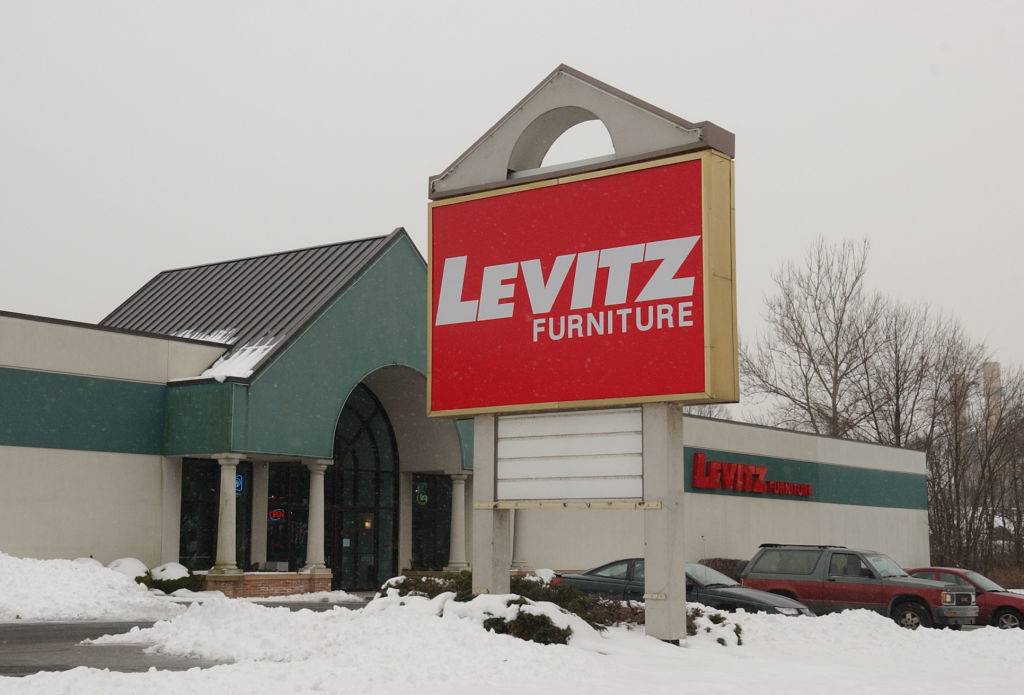
Founded in Lebanon, Pennsylvania, in 1910 by Richard Levitz, Levitz Furniture was a chain of furniture stores that pioneered the concept of the furniture warehouse. The company blossomed during the 1960s, 70s, and 80s, although struggled in the 1990s when furniture storerooms began to increase in popularity.
However, the business pressed forward, even acquiring Seaman’s Furniture and Huffman Koos in 2008. But it didn’t help them and the company declared bankruptcy in 2008.
Tower Records
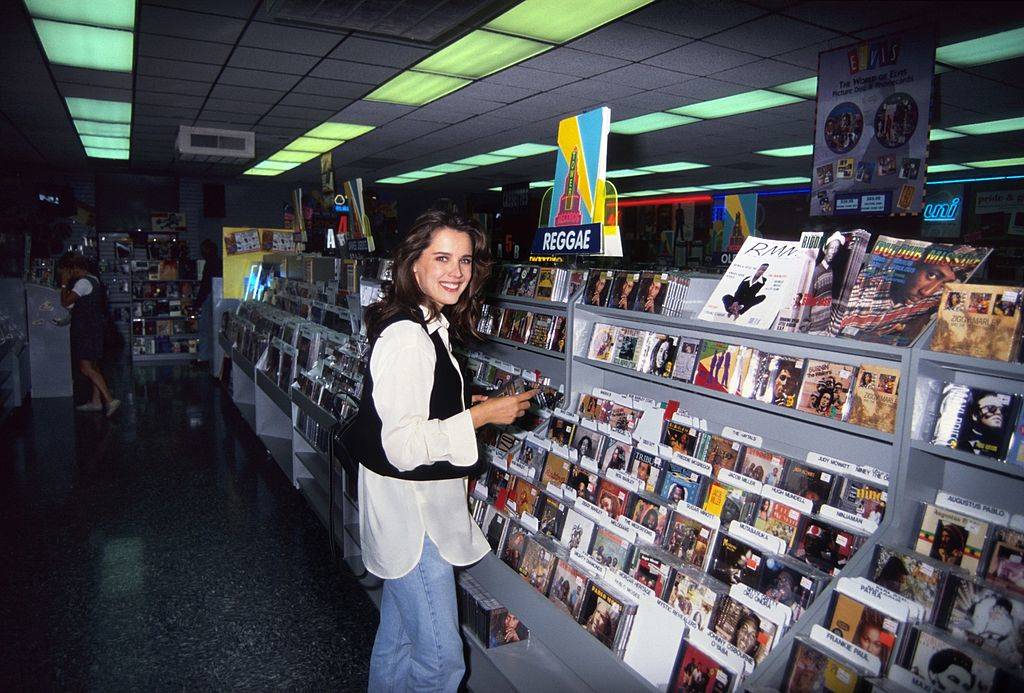
Established in 1960, Tower Records was one of the biggest music retailers in the industry since it first opened its doors. Yet, by the time that the public had turned their attention to online music, Tower Records was already struggling with debt, leading to a drastic decline in their business.
In 2004, the company filed for bankruptcy, and by 2006, the age of Internet music was well underway, putting Tower Records out of business for good.
Gadzooks
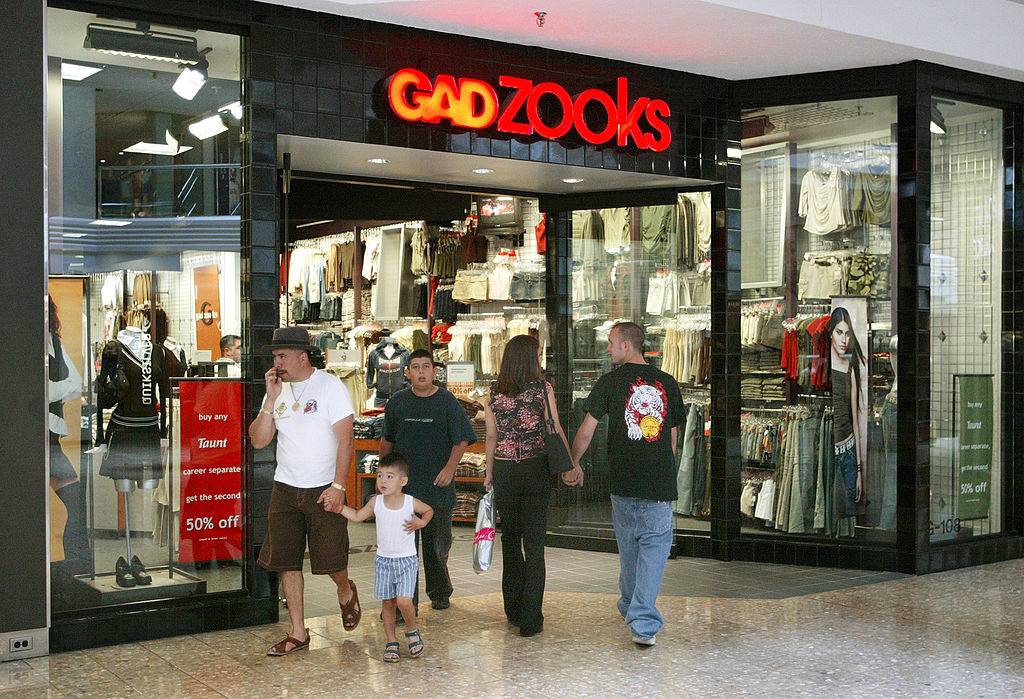
Founded by Jerry Szczepanski and Larry Titus as a t-shirt business in 1983 in Texas, by 1992, the company had 32 stores in malls across Texas. The company also expanded to offer a wide variety of clothes that fit the current fashion trends, but when those trends went out of style, Gadzooks fell on hard times.
In 2004, the company filed for bankruptcy and was then purchased by Forever 21 the following year, which inherited its inventory and closed all the stores.
The Limited
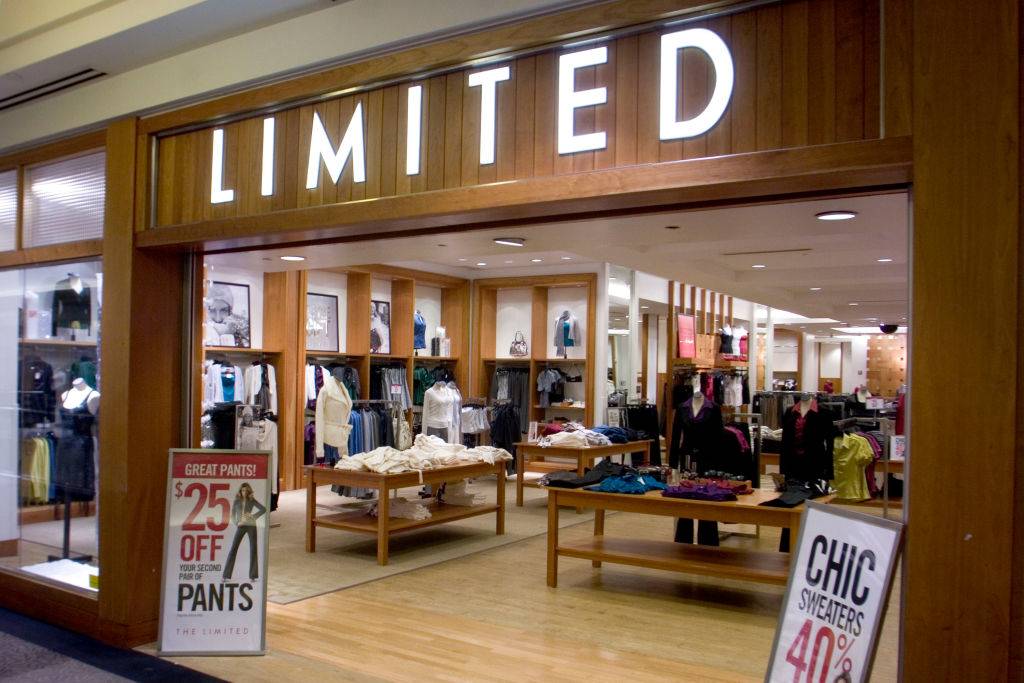
The Limited was founded in 1963, starting out as a young women’s clothing retailer, eventually growing to the point of acquiring other businesses such as Victoria’s Secret, Henri Bendel, Limited Too, Abercrombie & Fitch, among others.
However, it turns out that the company put its eggs in too many baskets, and their diversification of brands ultimately hurt them. Although they made an attempt to focus their attention on professional women’s clothing, they failed, and Limited closed in 2017.
Henri Bendel
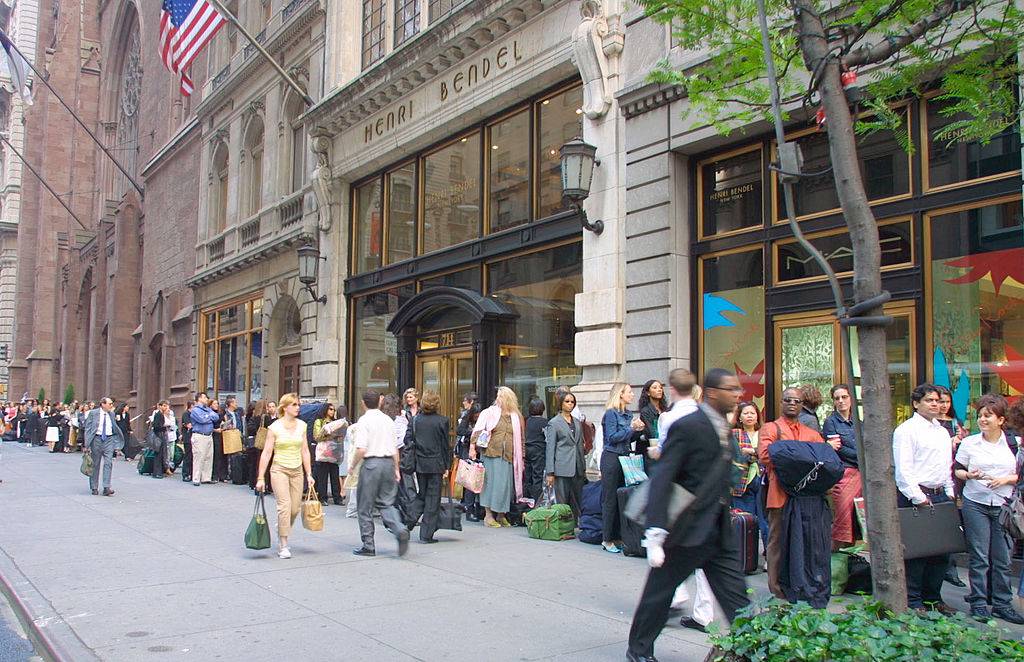
Known as the first retailer to have its own fragrance, offer in-store makeovers, and host its own fashion show, Henri Bendel was founded in 1895 at 712 Fifth Avenue in New York City. The store offered a selection of their own brand products and is even credited with bringing Coco Chanel to the United States.
Nevertheless, the company wouldn’t last forever. It closed its doors after its parent company, L Brand, began focusing on its other retail brands such as Bath & Body Works and Victoria’s Secret.
Hhgregg
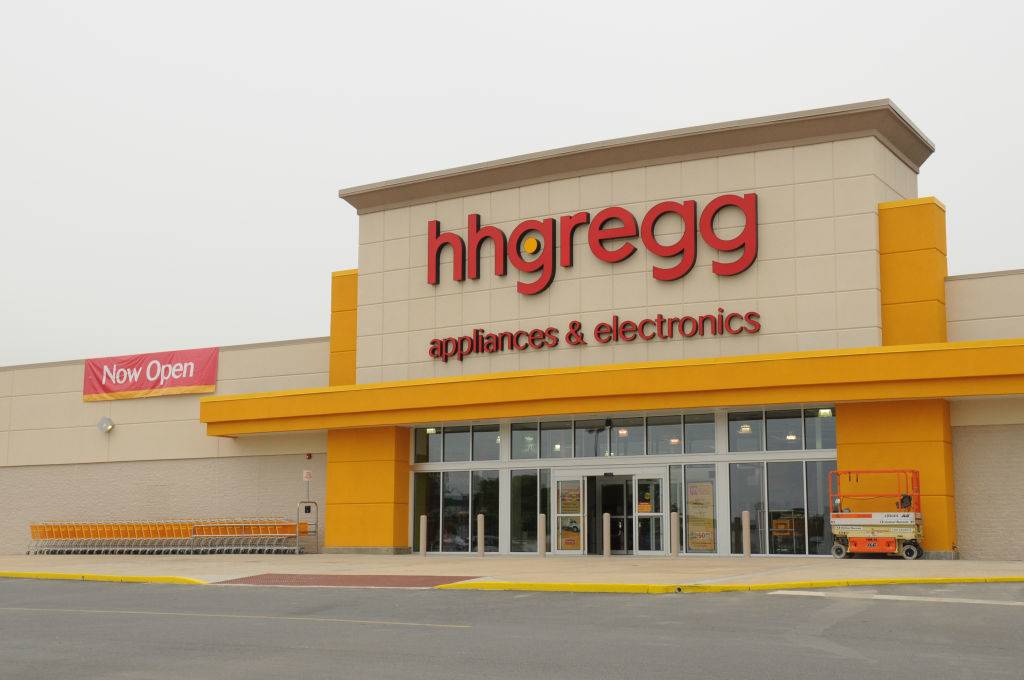
H.H. Gregg, stylized as “hhgregg” was founded in Princeton, Indiana In 1955 and was a retail chain of electronics and home appliances. Popular for some time, the chain managed to reach across 20 states with more than 130 stores.
Unsurprisingly, like many other electronic chains, it struggled to compete with online retailers and closed its doors. Although the company relaunched on the Internet, they still struggle against the other companies that currently dominate the web.
Kinney Shoes
At the age of 28, George Romanta Kinney bought his first show store in Waverly, New York. By the end of 1929, Kinney had 362 stores under the Kinney Shoe brand. Unfortunately, his success didn’t last.
By the end of 1998, more than 300 of the shoe stores around the country had shut their doors. Thankfully, the manufacture’s division known as Foot Locker keeps the legacy going. By September 16, 1998, all Kinney Shoes were gone.
Minnie Pearl’s Fried Chicken
Minnie Pearl’s Fried Chicken was a fast food restaurant that was around in the 1960s. It was meant to be the main competitor of KFC, but they didn’t exactly gain the following that the Colonel did at the time. Unfortunately, unlike KFC’s carefully crafted business outline, Minnie Pearl was based on an idea and money.
They literally didn’t have a chicken recipe! Every store that opened had its own way of cooking — not exactly the best business model. The chain didn’t make it out of the decade.
Service Merchandise
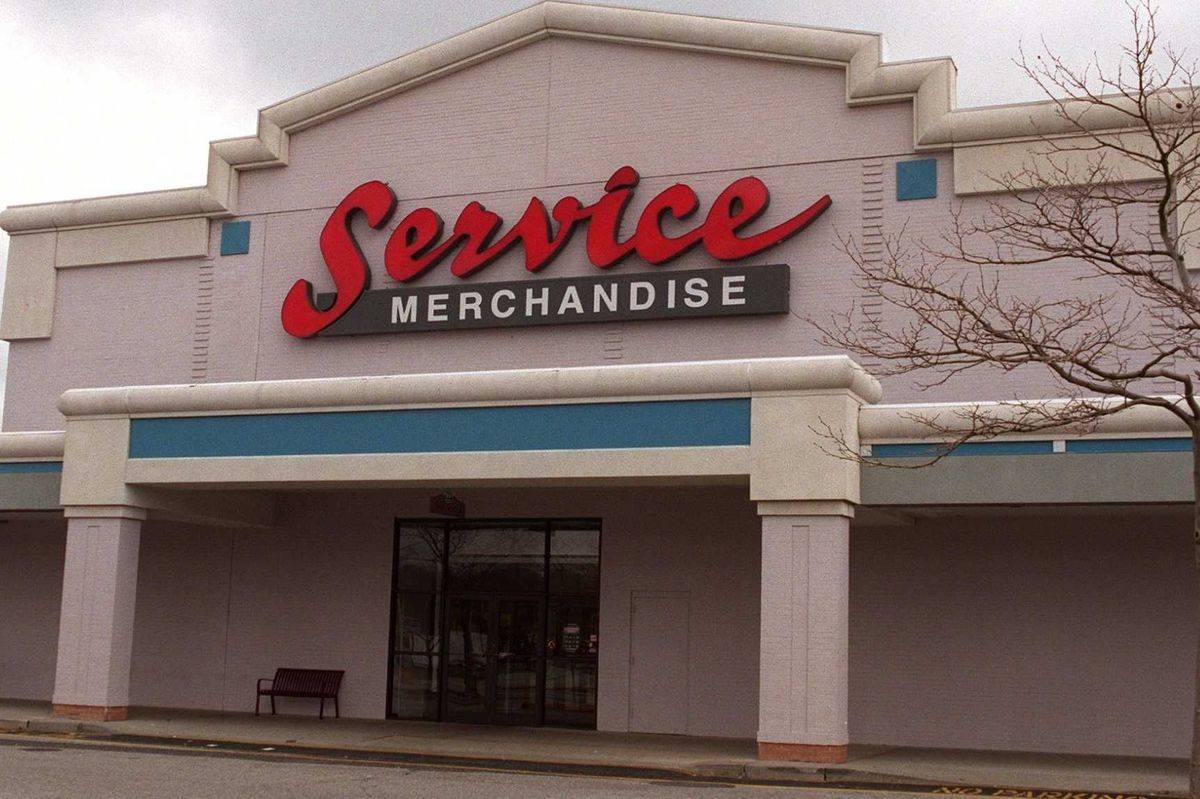
At its peak, Service Merchandise had around 400 stores around the United States. The store sold pretty much everything, from jewelry and sporting goods to electronics and toys. For 68 years, Service Merchandise was at the top of its game.
Unfortunately, they went bankrupt. AFter superstores such as Wal-Mart and Bed Bath & Beyond came into play, Service Merchandise found its stocks taking a major turn for the worse. In 2002, there was no coming back from it, and the chain disappeared.
RadioShack
Founded in 1921, it didn’t take long before RadioShack became a major retailer. Catering to electronics, it became the go-to place for anyone looking to buy a television, boom box, flip phone, or any other hip gadget that had just been released.
Too bad they filed for bankruptcy not once but twice, in both 2015 and 2017. And while RadioShack isn’t technically gone, with a few stores littered around the country, it never fully recovered and certainly isn’t the store it once was.
Blockbuster Video
Once upon a time, kids would beg their parents to bring them to Blockbuster Video to rent a VHS or DVD for the weekend. Founded in the late ’80s, the chain had over 9,000 locations around the country at its peak.
Then, Netflix, RedBox, and even On Demand videos came into play. Blockbuster couldn’t keep up with the ever-changing world. That, along with poor management, had the once prominent store closing all its doors. Only one store remains, and it’s located in Bend, Oregon.
Limited Too
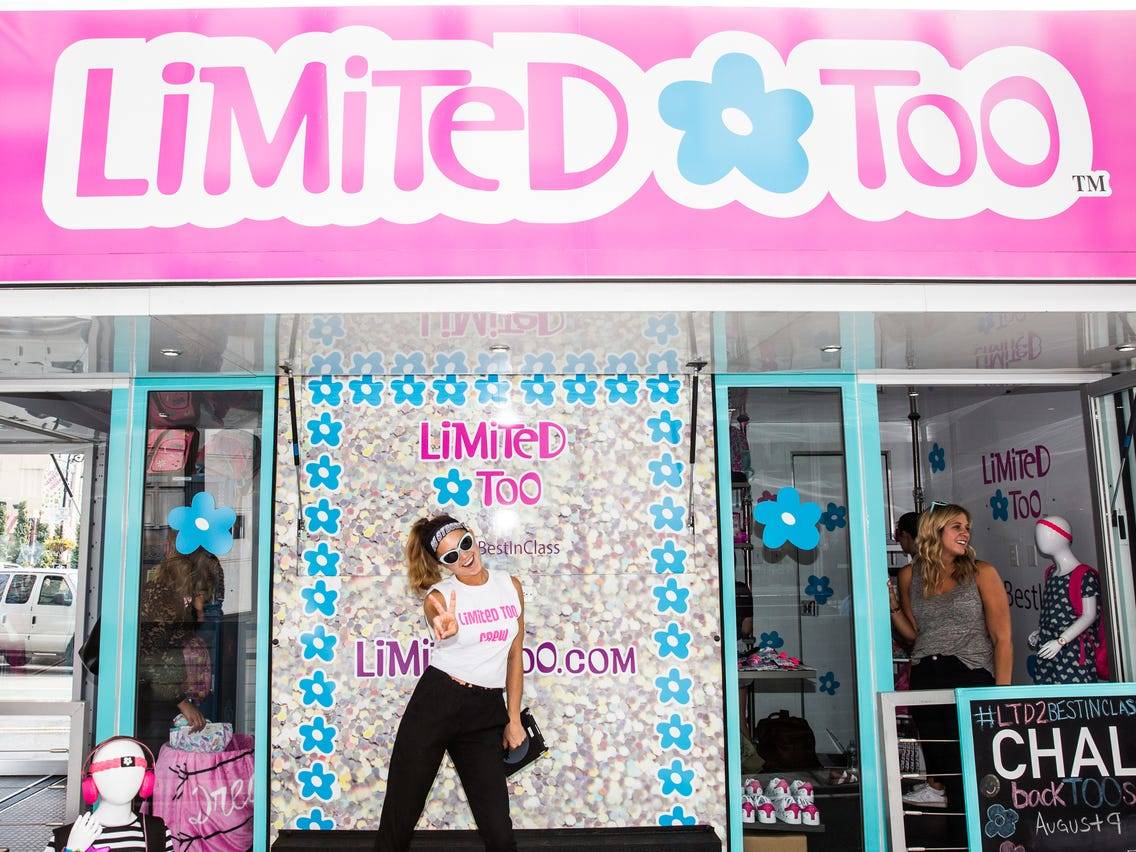
For most of the ’90s and early 2000s, little girls would run to one particular store in the shopping mall — Limited Too. There, they could get all the facial glitter, blow-up chairs, and latest rhinestone-embedded fashions worn by their Disney Channel icons. It was the greatest!
At its peak, there were around 600 Limited Too locations around the country. Its popularity didn’t last, though. In 2009, virtually all of the locations rebranded and were renamed Justice. Ironically, Justice is virtually the same store, just with lower prices.
Borders
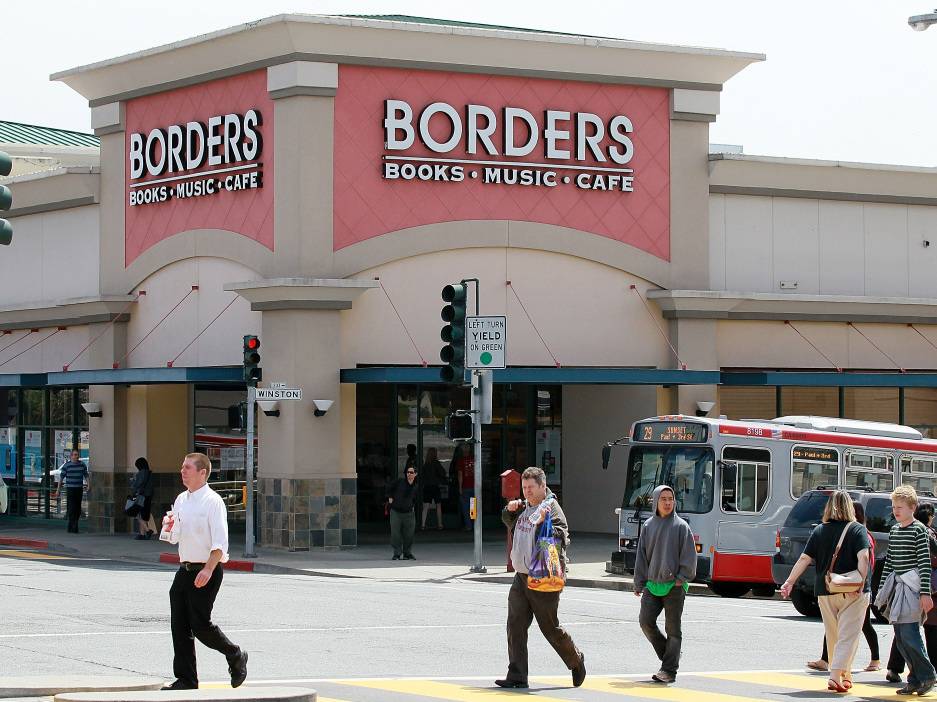
Founded in 1971, Borders quickly became the go-to store for both books and music. The chain was one of the top booksellers in the early 2000s. Hard to imagine with Barnes & Noble being around, right? Well, at its peak, Borders had a solid 517 locations around the country.
Due to financial difficulties, though, the chain began to fall on hard times. By the time 2011 rolled around, they’d filed for bankruptcy. And on September 28 of that year, all of the stores were gone.
Circuit City
Circuit City began as nothing more than a family-owned electronics company in 1949. By the 1970s, it had changed into one of the biggest electronic superstores in the country, having over 500 locations across the country during its peak. Everything began to go downhill when the 2000s rolled around.
With so many Circuit City stores being out-of-date and in bad locations, people stopped going. Everyone began to favor the newer and more modern Best Buy stores. By 2008, they filed for bankruptcy. The following year, stores began to close down.
Discovery Channel Store
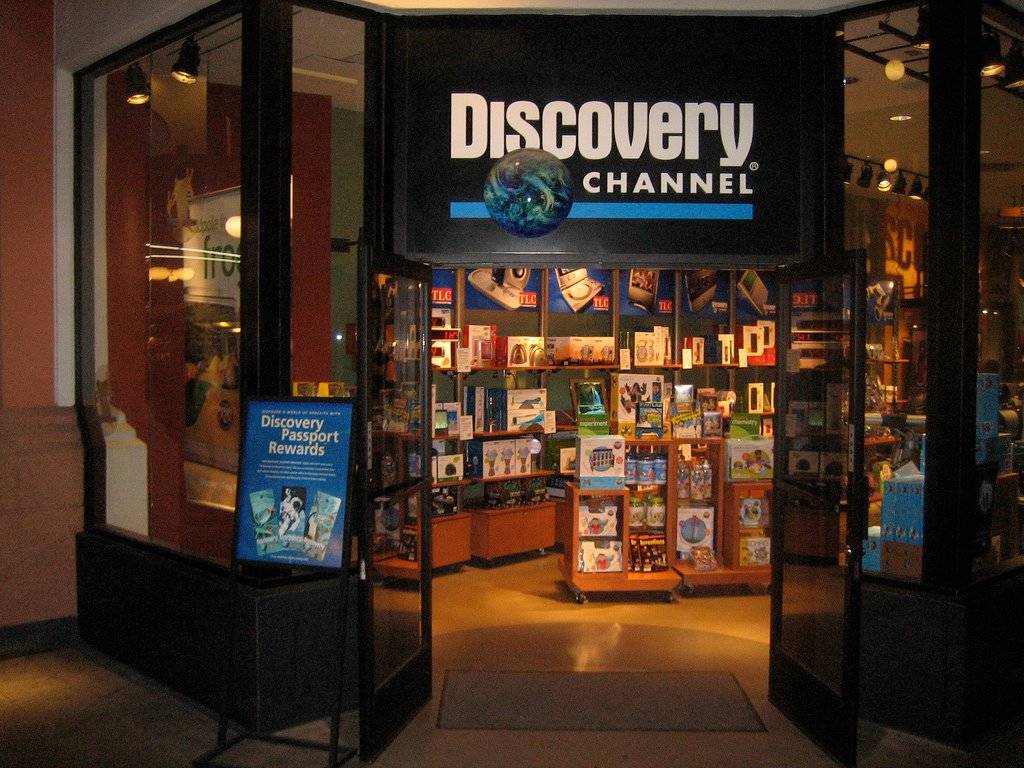
Founded in 1995, the Discovery Channel Store was all about educational toys, books, and videos. Everything revolved around what viewers would be able to watch on the Discovery Channel, with a lot revolving around animals and outer space. At the time, the stores were very popular!
Then, the early 2000s hit. By 2007, Discovery Channel announced that it would be closing its 117 locations. Thankfully, they decided to keep their airport locations and online stores for people who enjoy their educational resources.
KB Toys
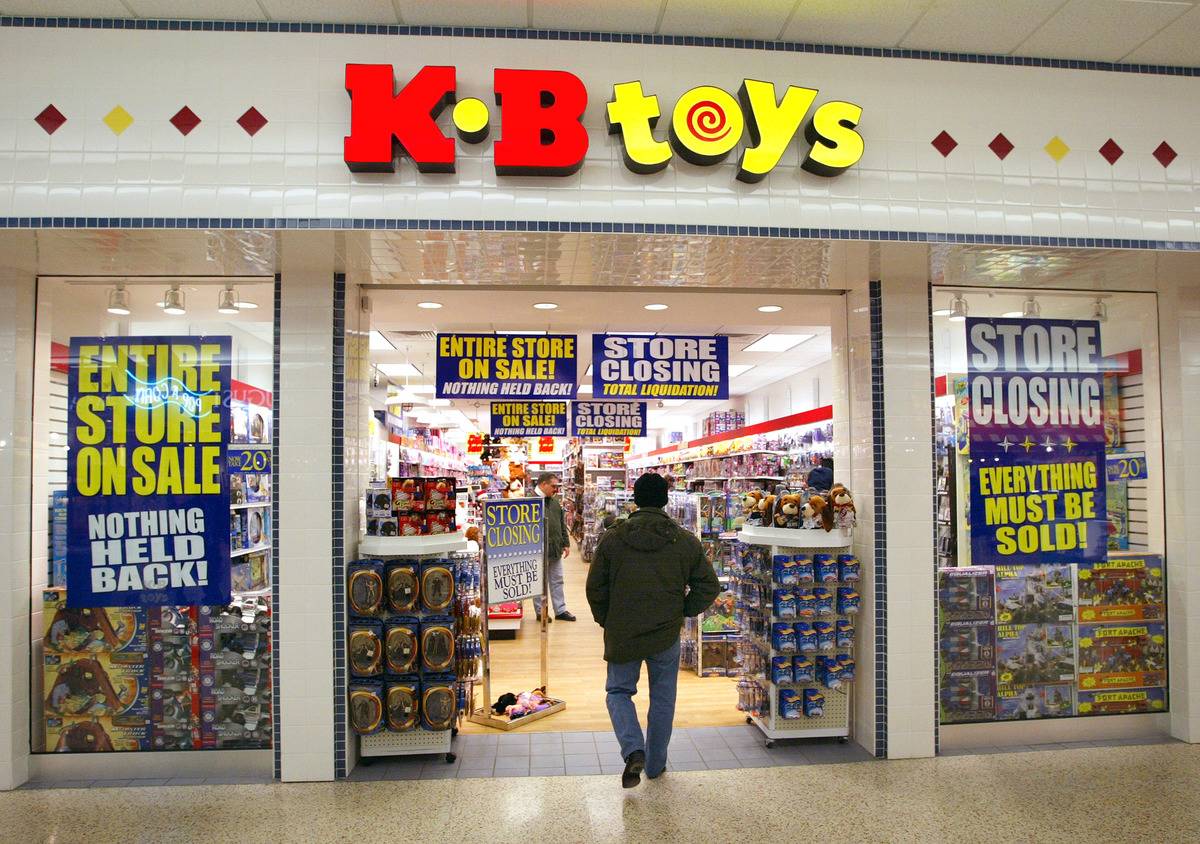
Interestingly, KB Toys started as Kaufman Brothers, a candy store. By 1946, the owners decided to toss the candy idea aside and focus on the toy industry. For years, KB Toys was a very popular chain in shopping malls. At its peak, there were 1,324 locations across the United States!
Even though it was once a booming company, KB Toys declared bankruptcy twice. It was the start of their downfall. By 2009, the company announced they were going out of business.



Comments